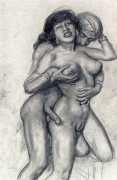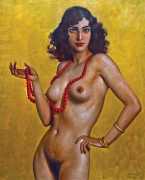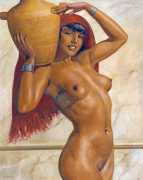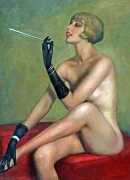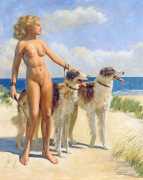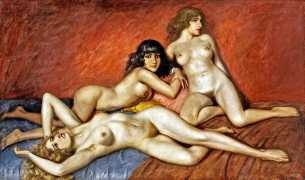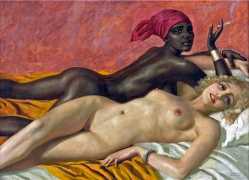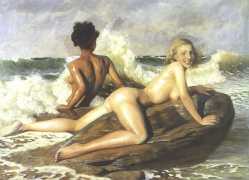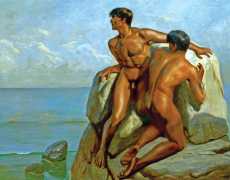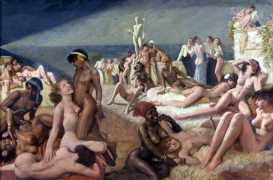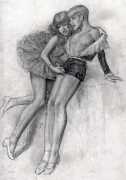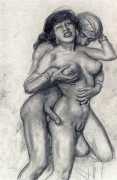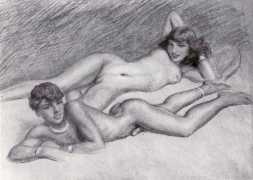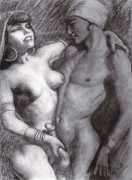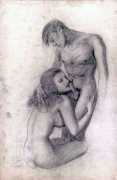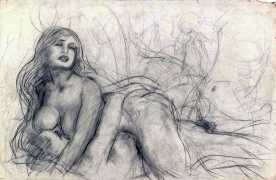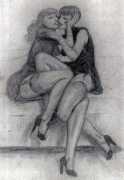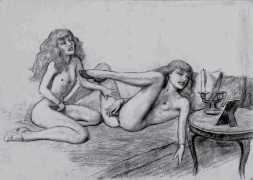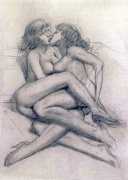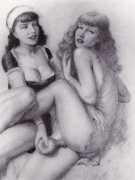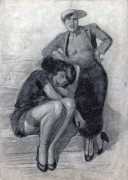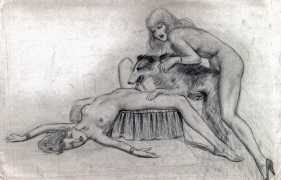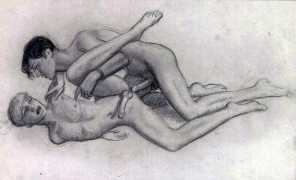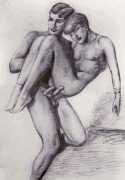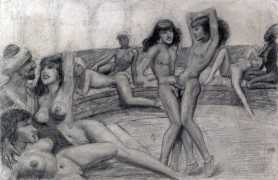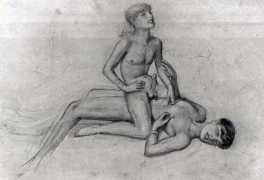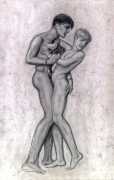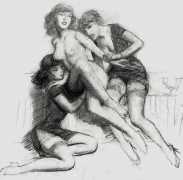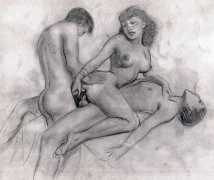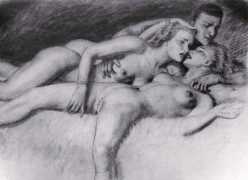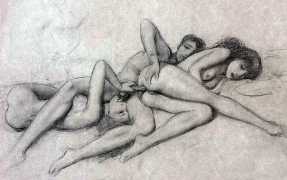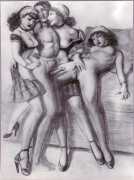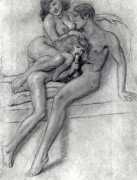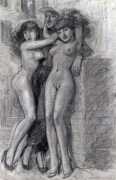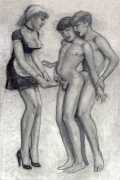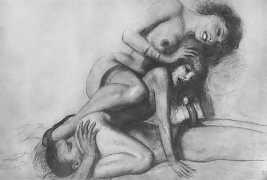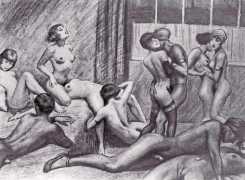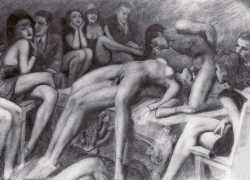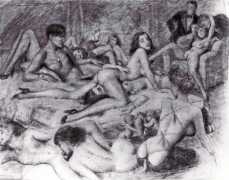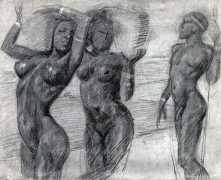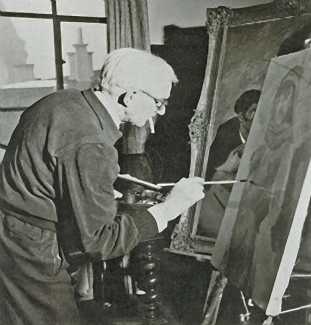 It was almost inevitable that Marcel Herrfeldt was going to be an artist specialising in naked human flesh. He was born in Paris, the natural son of Alice Herrfeldt and the Spanish painter Luis Ricardo Falero (1851–96). A merchant’s daughter, Alice Herrfeldt took painting lessons from the Spanish painter, who devoted himself to the profession of nude painting.
It was almost inevitable that Marcel Herrfeldt was going to be an artist specialising in naked human flesh. He was born in Paris, the natural son of Alice Herrfeldt and the Spanish painter Luis Ricardo Falero (1851–96). A merchant’s daughter, Alice Herrfeldt took painting lessons from the Spanish painter, who devoted himself to the profession of nude painting.
In the year her son Marcel René was born, Alice Herrfeldt married the Hungarian opera singer Alexander Klein, and the family moved to Munich. Marcel began his artistic training at the School of Applied Arts, and although there is no record of the fact he always maintained that he had also been a student at the prestigious Munich Academy of Fine Arts. After serving as an Austro-Hungarian reserve officer in World War I, he set himself up as a full-time artist in 1920 with a studio in the upmarket Schwabing district of Munich. He also added the ‘von’ to appeal to his discerning clientele.
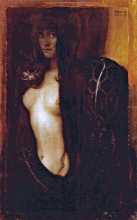
The works of the acclaimed Munich painter Franz von Stuck, especially his allegorical works including naked women like Die Sünde (The Sin) of 1893, shaped the young Herrfeldt. Herrfeldt’s first exhibition in 1921 in Munich’s Glaspalast was highly successful, the centrepiece being the sensational lifesize nude Die Sklavin (The Slave Girl).
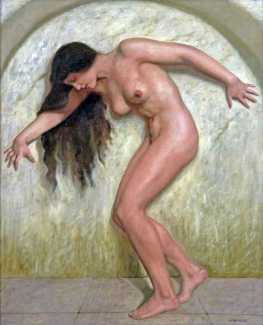
Herrfeldt’s domain quickly became the erotic female nude, which he painted not in an academic aesthetic, but rather in anticipation of the pin-up painting culture which we now tend to think of as rather kitsch. His stylised and discreetly erotic depictions of women (he was also happy painting naked men as required) were enormously popular during the 1920s and 30s, and he was never short of clients. With the growth of the Third Reich and the disbanding of the Secession group of artists, however, his decadent art style became less popular, and after the Second World War he created very few new works.
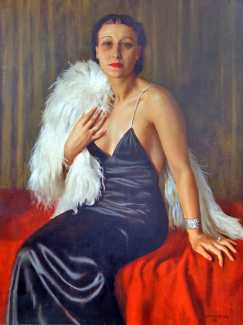
In 1931 he married Germaine, a poet and author who also regularly modelled for him. They had no children.
In September 2020 almost a hundred works from the private collection of the artist’s estate came to auction in Düsseldorf, where the high prices achieved showed that von Herrfeldt’s style of idealised beauty still had a considerable number of devotees.

